Filmed over four years in twelve countries, The Last Glaciers captures the fragility of the natural world, human impact on our life support systems, and depicts the personal challenges encountered along the way while making this striking film.
Call it global warming, climate change, or the greenhouse effect, they’re all titles for the same troubling story, which for many of us remains as distant as a nightmare. If we’re missing the scientific evidence that our (carbon) footprints on this planet are the cause, then documentary filmmakers Craig Leeson and Malcolm Wood have news to share. Their latest film, The Last Glaciers, proves that the evidence has been around all along.
“We want to eradicate any doubt that climate change is unreal,” Malcolm says, “It’s a political tool, there are a lot of mixed messages out there, but it is unanimous with scientists from around the world that we are in a climate emergency. It’s not about change anymore, it’s a state of emergency.”
The idea for the film started during a winter holiday in the French Alps, where the driest December on record prevented Craig and Malcolm, long-time friends, from their ski touring plans. As the film began to take shape, the story proved beyond measure that it needed to be told when the team witnessed one of the now frequent avalanches in the Alps (the result of warmer temperatures and a destabilized mountain climate). This avalanche took the lives of fellow mountaineers in front of the team, and was their wake-up call that climate change poses a very immediate threat to humanity, not just the environment.
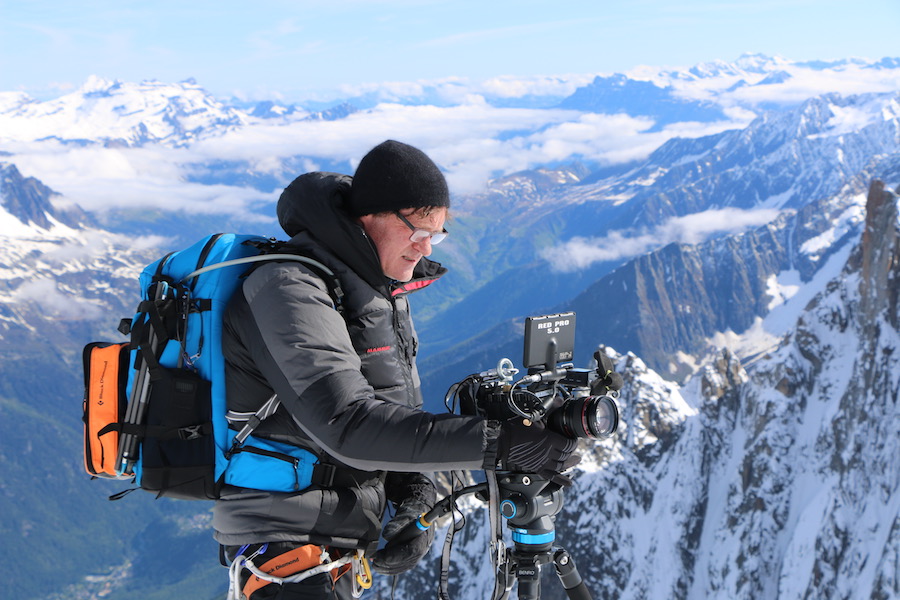
More than an Informational Film
The Last Glaciers isn’t another climate change documentary to scare people into not knowing what to do. “We wanted to engage a new audience, a wider audience,” Malcolm explains, “we wanted them to come on the journey with us, share the adventure. We wanted to experience climate change ourselves, first hand. And the way to do that is to climb a mountain, to go see the glaciers, and get out there and prove our point, ourselves, to our audience while putting ourselves in the field, at risk, and through the elements.”
Malcolm, a well-known adventurer and athlete himself, brought extreme athlete Dave Turner onto the team to join him and Craig on a glacial expedition. The two athletes taught Craig to overcome his fear of heights in order to access glacial ranges with scientists and witness first-hand (as well as capture on camera) the dramatic evidence of climate change causing the world’s glaciers to disappear. Their journey spanned twelve countries over the course of four years, and included mountaineering, para-alpinism, and the first tandem paraglide flight off the 5,800 meter peak of Vallunaraju in Peru.
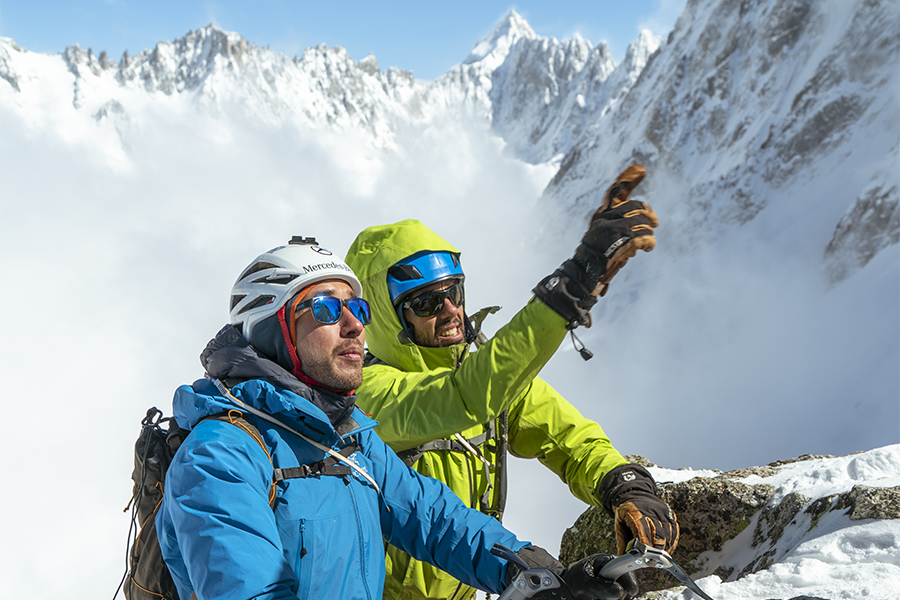
Through chronicling the expedition team’s adventures (and misadventures), The Last Glaciers tells a story using the world’s vanishing glaciers as a representative symbol of a warming climate. The undeniable visual evidence that glaciers are disappearing makes them an easily understood visual tool — they have become the martyrs of climate change.
Despite the film’s dire subject matter, both Craig and Malcolm wanted to ensure that this film wouldn’t be a holier-than-thou message of the apocalypse. The reality revealed comes from a place of sincerity, as the team realizes along the journey in equal parts the urgency of the Earth’s situation and their own complicity in the problem.
“In order to film The Last Glaciers, we’ve had to fly on airlines, we’ve had to drive fossil fuel-driven cars to get to these places, we are as much of the problem as everyone else is,” Craig admits, “Which is why we want to start the debate, so that we can drive technologies, so that we can start to develop systems where we don’t need to rely on these problems… we’re looking for solutions.”
Investigating Every Perspective
To give credence to their solutions, the team had to unpack why climate change is still a matter that many refuse to believe. “I think it’s important when you’re making documentaries that you always show both sides of the argument,” Malcolm says. “What we find is a lot of the deniers are unwilling to give documentary interviews.”
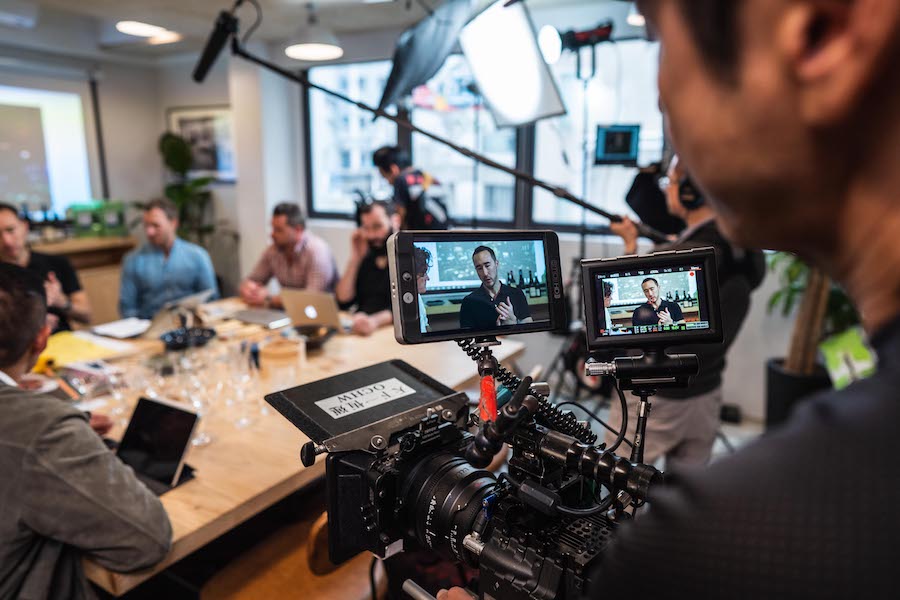
The team consulted a psychologist who specializes in understanding climate change deniers, and whose research has brought him to the conclusion that the people who don’t believe in climate change instead believe in a free market. “To substantiate that belief,” Craig elaborates, “They have to say that they don’t believe in climate change. But as we say, climate change is based on scientific research and fact. So if you choose to say you don’t believe in it, you choose not to understand or to willfully ignore the facts behind the science.”
And the facts are overwhelming. “We’ve found that 98% of scientists globally have research that shows the climate is changing at the hand of man,” Craig continues. “The remaining percent of scientific research papers that have said otherwise have actually been discredited.”
The Ice Memory Project
To further emphasize that humanity is the cause for more rapid climate change, The Last Glaciers investigates how glaciers house evidence of climate history. This evidence comes from France’s Ice Memory Project, where scientists are drilling ice cores and amassing the first world library of archived glacier ice.
The Last Glaciers team met with Gerome Chapelais, head of the project, to learn about ice core findings. “And what they were finding,” Craig says, “Was that by measuring ice deep down in glaciers all around the world, they’re able to tell how the atmosphere has changed in the past 800,000 years up until the present day, because this ice contains the gases, the atmosphere, that was present at those points in time.”
This preserved glacial record of acts as a timeline of how the earth has evolved, providing a record of events before human records began. The extracted ice cores reveal that there has been a substantial amount of troubling change to the atmosphere since the rise of emissions that began with the Industrial Revolution.
“There’s been this natural oscillation of hot and cold as the earth has wobbled around its elliptical orbit,” Craig explains. “But this natural oscillation has changed since the Industrial Age. And what we’re seeing is four times the amount of methane, twice the amount of carbon dioxide.” This is how scientists know that human intervention is the cause of the drastic climate change we’re seeing now. Craig affirms, “That’s why they understand that climate change is a fact. They’re able to measure it and they’re able to measure it very accurately.”
The Ice Memory Project is operating under urgency because the story ice cores tell of a warming climate is a story that ends with the evidence disappearing. As glaciers melt, the millennia of information archived within the ice melts with them.
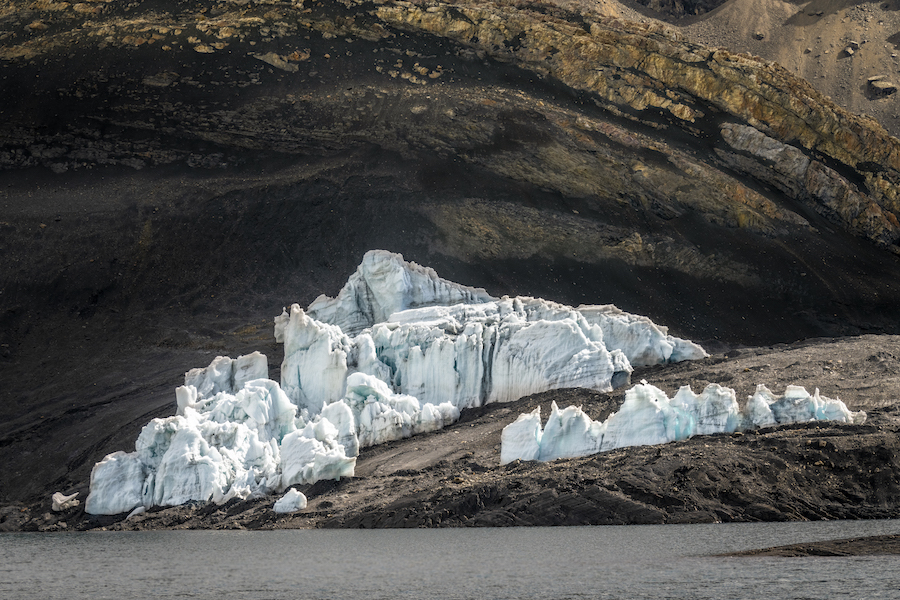
What Scientists are Saying
As for just how fast the glaciers are melting, the Last Glaciers team joined NASA on an airborne research mission over the Antarctic Ice Sheet, the largest ice sheet in the world, and discovered some alarming statistics. John Sontag, head of NASA’s Operation IceBridge, which monitors movement in the South Pole and across the Antarctic, explained to the team how much ice is lost each moment. Craig declared it was such a big figure he couldn’t comprehend the number, “[John] came back to us and said, ‘we’re losing ice the size of the Titanic every ten seconds.’ Now when you think about that kind of mass that’s going, never to be seen again, you start to understand why these guys are getting concerned.”
Scientists have been advertising these kinds of facts as evidence of humanity’s contribution to climate change for decades, ever since a consensus on climate change was reached in the 1980s. But the Last Glaciers team felt that these findings haven’t gained traction; the language of scientific explanations remains difficult for the general public to comprehend.
That’s why The Last Glaciers pares down this research and evidence into a story that we can all understand, taking the facts from highly regarded scientific institutions — from Peru’s INAIGEM to France’s CNRS. The film presents this scientific evidence in a way that is easily digestible, even if it might be hard to swallow.
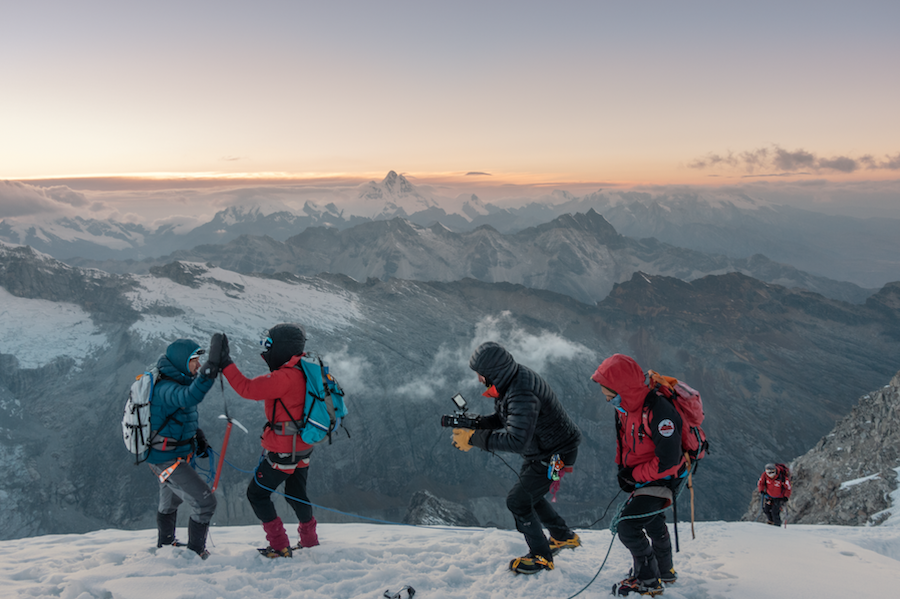
“Scientists are very factually based individuals, there’s no emotion when you interview them. They tell you the facts, they tell you the research that presents the facts, they tell you how we got there, and they give an idea of what they think the future will look like.” Craig states. “This is the first documentary where I’ve interviewed scientists where they are getting emotional, where they’re tearing up. You never hear scientists speak with that kind of emotion.”
“These things are happening right now, and they’re happening faster than we can control,” Malcolm says. “I think it’s a scary statistic that almost 50% of the American population still thinks it’s a hoax.”
Our Separation from Reality
The reason half of the country still approaches the subject with a laissez-faire attitude could be because it is currently developing nations that are experiencing the most immediate consequences of glaciers melting. “It’s the poorer countries that are really going to suffer from climate change,” Malcolm states, “There’s going to be more disease, there’s going to be lack of water.”
LDCs like Nepal have already been experiencing this dearth for decades. In Kathmandu, subsistence farmers have been forced to relocate for lack of water because their only source — the glaciers — has melted away. What remains of fresh water is subject to contamination from heavy metals, which have been trapped in ice for millennia and are now exposed to the elements and oxidizing, running into rivers to turn them toxic red.
Nepal subsists at the base of the Himalayas, the highest mountain range in the world, and which harbors the planet’s third largest deposit of ice and snow (surpassed only by Antarctica and the Arctic). Considering the climate continues to warm, Malcolm explains, “If the highest mountain range in the world loses all of its ice, 1.8 billion people will not have fresh water. So almost a third of the world’s population will suffer from the loss of [those] glaciers.”
While the Last Glaciers team consulted Nepal’s International Centre for Integrated Mountain Development (ICIMOD) to get the facts behind this problem, the film aims to take the audience beyond facts to help us understand the situation. “We want people to be able to experience what we’re experiencing, seeing what it’s like to be someone in a village in Nepal that is forced to give up their house and give up their crops and move because you don’t have water anymore, because those glaciers don’t exist,” Craig states, “And for people to be able to understand, they need to be able to live that.”
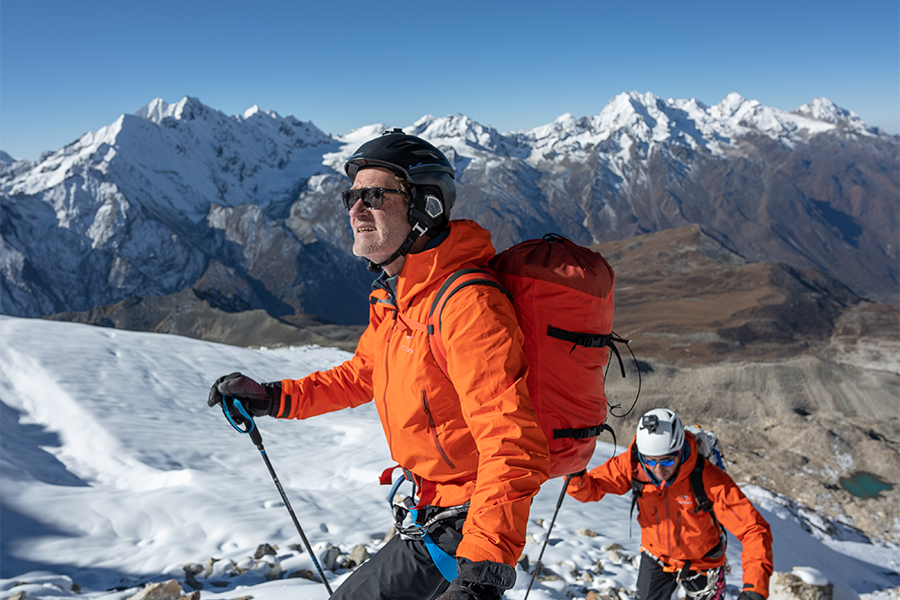
Evidence of Climate Change Beyond the Ice
Throughout the four year filming journey, however, the Last Glaciers team discovered that across the globe we are all in fact living through the extended extreme consequences of climate change. The team pivoted away from the ice to capture the devastating Australian Bush Fires and the aftermath of super Typhoon Mangkhut in Hong Kong, where both Craig and Malcolm currently reside.
But in the wake of these environmental disasters, the team saw hope in the youth across the globe taking to the streets to protest political negligence towards tackling climate change. Craig determined that including younger perspectives would be important for the film because, “Driving awareness this time around, we need to be driving awareness to the children. The children need to be aware of the situation, and we can already see from the demonstrations, the Greta Thurnburgs, that this is having an effect. And we feel that this is probably one of the quickest ways to get the planet to wake up.”
By 2025, 95% of the American workforce will be millennials. Though governments and corporations seem reluctant to make the policy changes the next generation demands, Craig and Malcolm affirm that such changes are truly in everyone’s best interest. “If you don’t have sustainability development goals within your business infrastructure,” Craig affirms, “You won’t have a business in the future. Because the kids of today who are the clients and consumers of tomorrow do not want to be part of spoiling the planet.”
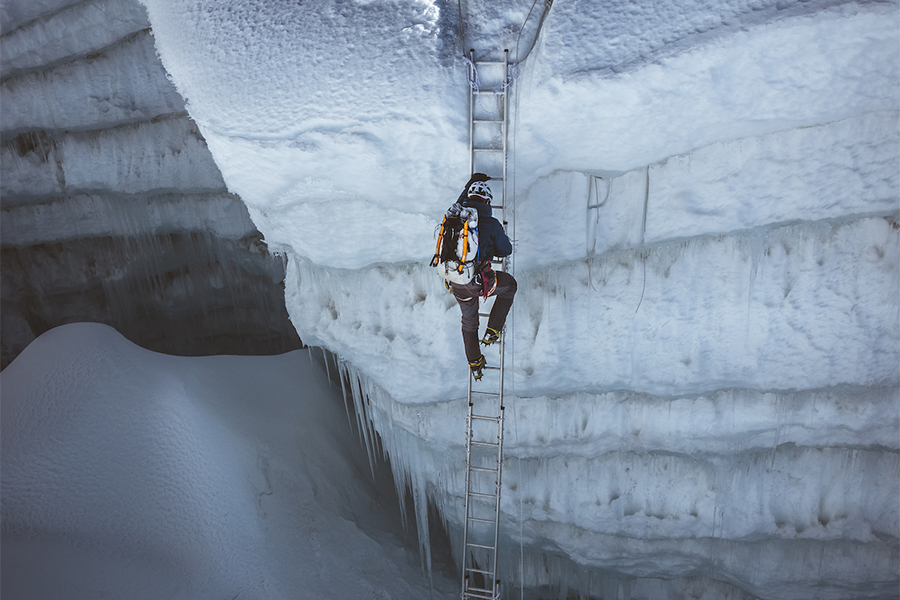
Optimism for Our Climate’s Future
It’s not yet too late, and that’s the optimistic view on climate change that Craig and Malcolm want to shine through the film. They’ve partnered to create a documentary before — the award-winning A Plastic Ocean, which revealed an equally unsettling truth about the dire state of the world’s waters, but has been instrumental in enacting a great deal of change. Not only is A Plastic Ocean now an educational tool translated into 30 languages and screened in over 60 countries, it has inspired policy change to limit plastic production.
“This is not sugar-coating the problem, but there’s hope,” Malcolm says, “We’re optimistic. We’ve seen a wave of change with single-use plastics, and we hope to inspire young people to do the same about climate change, and driving their politicians to make the necessary changes in their respective countries.”
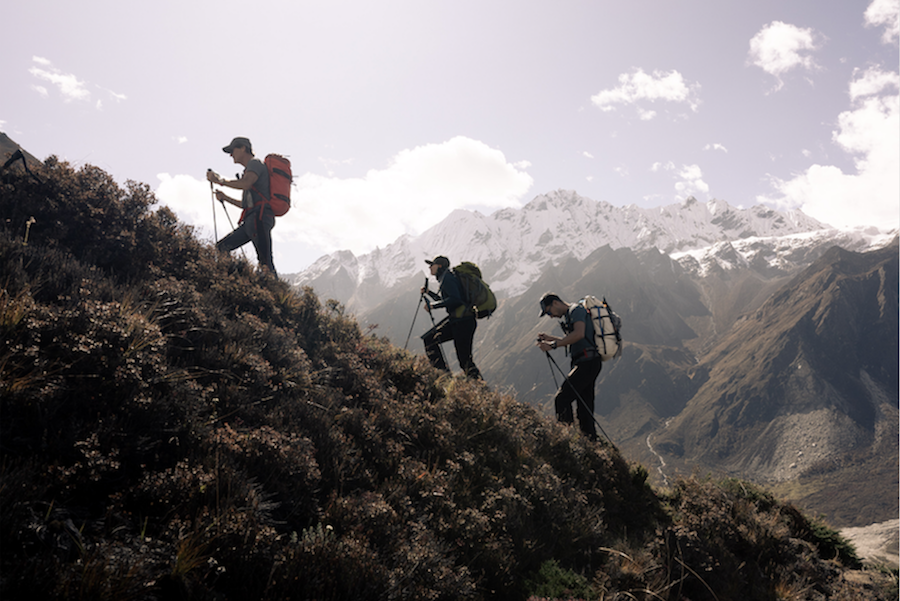
Craig states, “The solution is to stop burning, stop creating these products that cause the raising of these greenhouse gases. And the best way to do that is to stop chopping down forests, stop burning fossil fuels. These are very easy ways.” We all caught a glimpse this Spring of how effective this could be when the world stopped functioning at normal speed due to the Coronavirus stay-at-home order. Smog and water cleared with less vehicles on roads and waterways, evidence that a worldwide effort to change our impact on the climate is not only possible, but will yield results.
Simply minimizing daily stresses on the planet, however, is only the tip of the iceberg — climate change has feedback loops that will take decades to stop, and the glaciers that have already melted are not coming back. Even if we stopped climate change today, we wouldn’t see a reversal of effects for at least 20 years. Malcolm concludes that this is why we have to clear the path now. “The solution,” he says, “Is driving awareness, getting everyone behind this idea, and insisting on policy change around the world.”
The Last Glaciers is scheduled to release this fall. Find out more here.



































